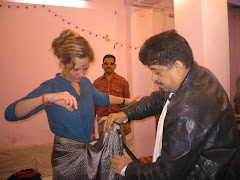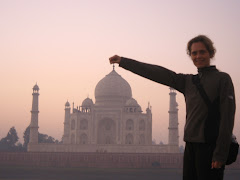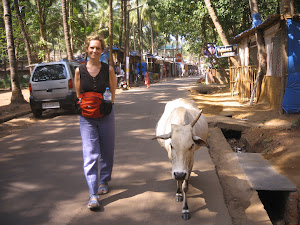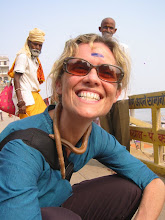

Jaipur is home to one of India's biggest cinemas, the Raj Mandir. It is an art deco monster from the outside, and the inside looks like you have been swallowed by a whale. No Bollywood experience would be complete without a hefty amount of audience participation. Babies cried. Children danced in the aisles. Men whistled and women shrieked with glee. The audience was actually better than the movie, "Aaja Nachle", translated to "Let's Dance" for those who would like to Netflix it. It didn't matter that the film was mostly in Hindi and I got lost on a couple of relatively important plot points (e.g. why did they want to dance anyway?). What I found interesting was that the film focused on a strong, sexy female who overcomes odds and obstacles (plot spoiler: she "wins" in the end) in a culture where women are often disregarded. What was neat was how the audience seemed to eat it up, so perhaps India is ready for a little female love and respect after all. Oh, and for all of the sexual tension that existed, there was no on-screen kissing. Blast!






























































